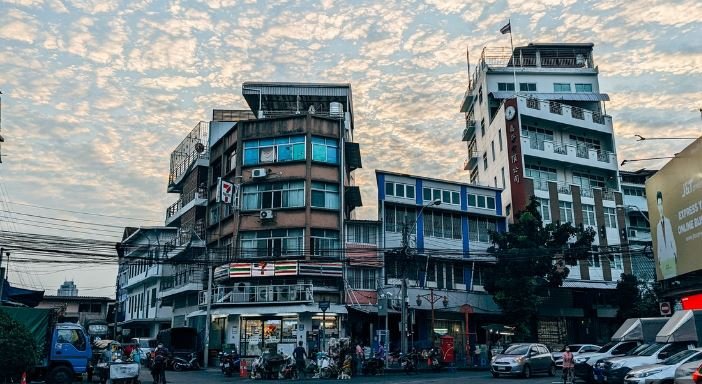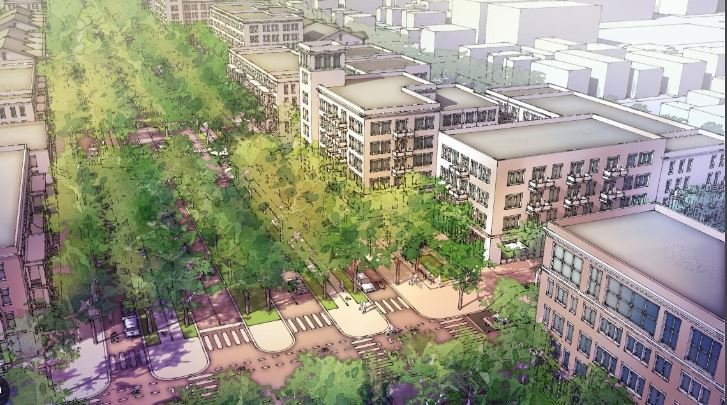Real estate development significantly transforms city neighborhoods, reshaping their character and functionality. As developers invest in urban areas, they bring changes that impact housing, infrastructure, and community dynamics. This transformation often leads to revitalized spaces that attract new residents and businesses while addressing the needs of existing communities.

Revitalizing Urban Spaces
Real estate development revitalizes neglected or underutilized urban areas. Developers invest in renovating old buildings and constructing new ones, improving the overall aesthetic and functionality of neighborhoods. This revitalization process often includes upgrading infrastructure, such as roads and public spaces, which enhances the quality of life for residents and makes the area more appealing to potential investors.
Impact on Housing Markets
The transformation of city neighborhoods through real estate development impacts housing markets by introducing new residential options. Developers build modern apartments, condominiums, and luxury homes that cater to various income levels. This increase in housing supply can address housing shortages and provide diverse options for residents. Additionally, the influx of new developments often leads to increased property values, benefiting homeowners and investors alike.
Economic Growth and Job Creation
Real estate development stimulates economic growth and job creation in transformed neighborhoods. New projects attract businesses, restaurants, and retail establishments, contributing to a vibrant local economy. This economic activity generates employment opportunities and fosters entrepreneurial ventures, further driving the neighborhood’s growth. The increased economic vitality enhances the area’s attractiveness for both residents and businesses.
Community and Cultural Impact
The transformation of city neighborhoods also affects community and cultural dynamics. New developments often include public spaces, parks, and cultural facilities that foster community engagement and social interaction. The influx of diverse residents and businesses can lead to cultural enrichment and a more dynamic local culture. However, this transformation can also lead to gentrification, which may impact long-standing residents and change the neighborhood’s character.
Sustainability and Green Initiatives
Modern real estate development increasingly emphasizes sustainability and green initiatives. Developers incorporate eco-friendly building practices, energy-efficient technologies, and sustainable materials into their projects. These green initiatives help reduce the environmental impact of development and promote healthier living conditions. Sustainable design elements, such as green roofs and urban gardens, contribute to the overall quality of the neighborhood.
Transportation and Connectivity Enhancements
Real estate development often includes improvements to transportation and connectivity. Developers work with city planners to enhance public transportation options, build pedestrian-friendly pathways, and improve road infrastructure. These enhancements facilitate better mobility and connectivity within the neighborhood and to surrounding areas. Improved transportation options make the area more accessible and attractive to residents and businesses.
Challenges and Considerations
Despite the benefits, real estate development in city neighborhoods presents challenges and considerations. Issues such as displacement of existing residents, rising property prices, and changes to the neighborhood’s character can arise. Developers and city planners must address these challenges by implementing policies that promote affordable housing, support local businesses, and preserve the community’s identity.
Future Outlook for Urban Neighborhoods
Looking ahead, real estate development will continue to shape city neighborhoods, influencing their growth and transformation. Trends such as mixed-use developments, smart city technologies, and community-focused design will drive future changes. As cities evolve, developers will play a crucial role in creating dynamic, sustainable, and inclusive urban environments.
Conclusion
The transformation of city neighborhoods through real estate development brings revitalization, economic growth, and enhanced housing options. While it offers numerous benefits, including improved infrastructure and community amenities, it also presents challenges such as gentrification and displacement. Addressing these challenges requires thoughtful planning and sustainable practices. The future of urban neighborhoods will be shaped by ongoing innovations and a focus on creating vibrant, inclusive spaces.

